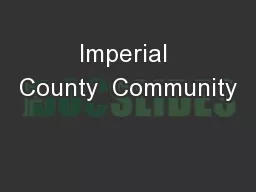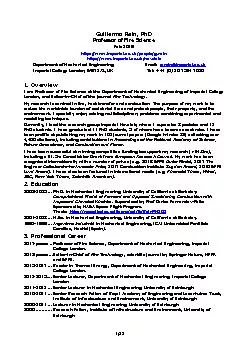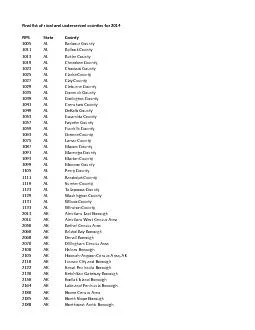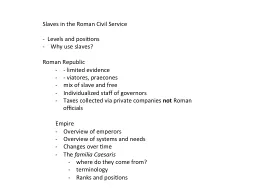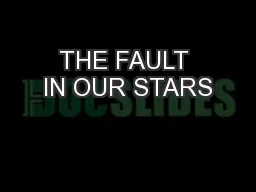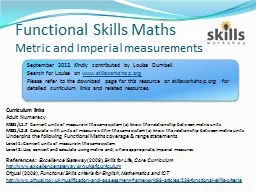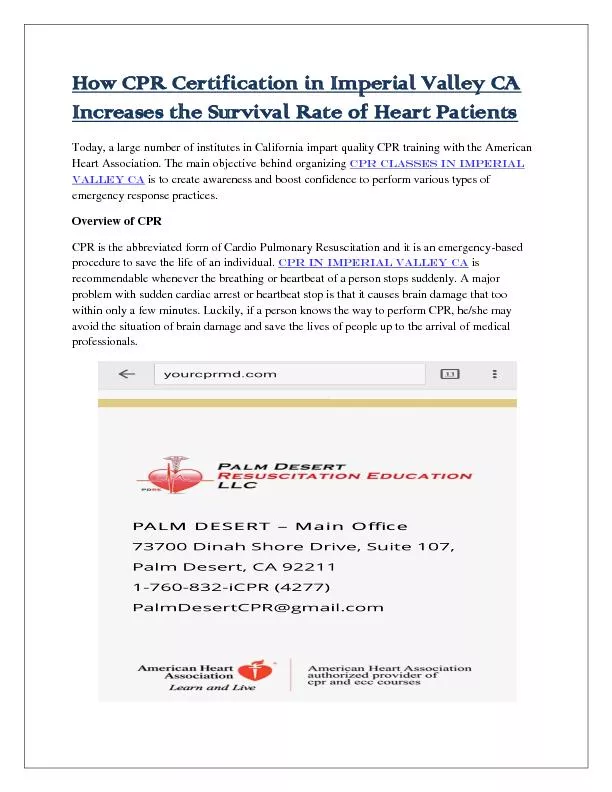PPT-Imperial County Community
Author : trish-goza | Published Date : 2018-09-19
Air Monitoring Project Using low cost sensors to develop a community air monitoring network Paul English California Environmental Health Tracking Program CA
Presentation Embed Code
Download Presentation
Download Presentation The PPT/PDF document "Imperial County Community" is the property of its rightful owner. Permission is granted to download and print the materials on this website for personal, non-commercial use only, and to display it on your personal computer provided you do not modify the materials and that you retain all copyright notices contained in the materials. By downloading content from our website, you accept the terms of this agreement.
Imperial County Community: Transcript
Download Rules Of Document
"Imperial County Community"The content belongs to its owner. You may download and print it for personal use, without modification, and keep all copyright notices. By downloading, you agree to these terms.
Related Documents

